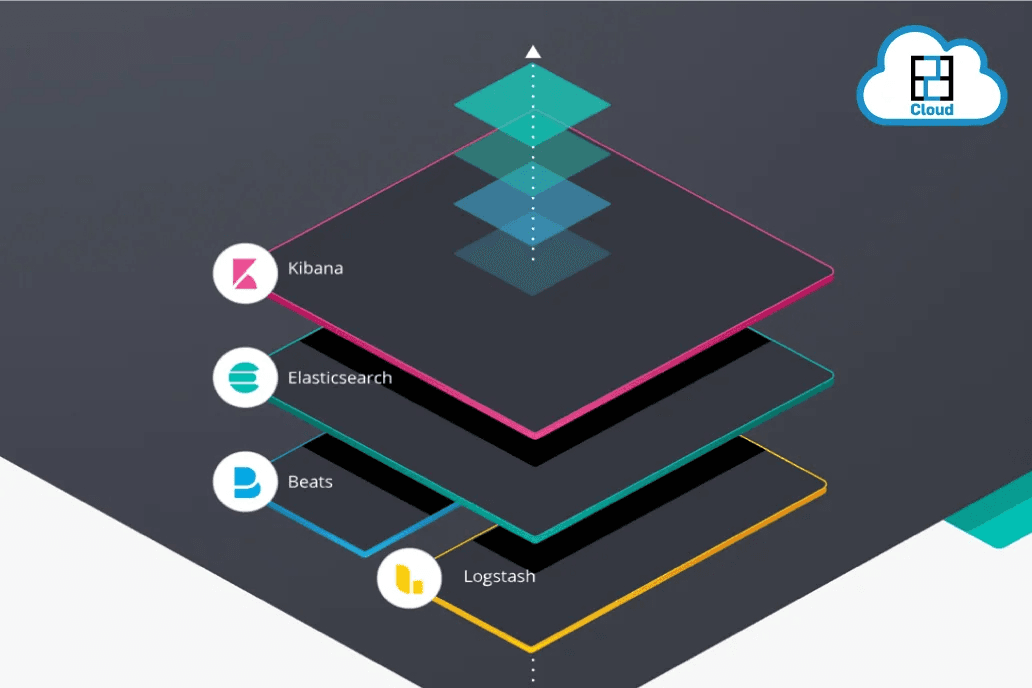One of the well-known domains in machine learning is Natural Language Processing NLP. Through this collection of methods, you can easily make the machines understand and learn about human languages. Due to its universal adoption and application in the technology industry, it has now become a trending skill that recruiters search for in applicants’ profiles.
Here is a list of 11 most commonly asked interview questions on NLP:
Q1: How can machines understand the meaning of languages?
The way we as humans utilize languages is very different and the meaning can also change according to the context. Therefore, you cannot always take things in a literal sense. That is why we use the approved NLP methods such as lemmatization and stemming in addition to the parts of speech tagging in machine learning.
In the case of Stemming, the process identifies the original word by detaching any verb or plural forms. For example, the words ‘eats’ and ‘eating’ both indicate the word ‘eat’. Therefore, if any sentence has the word ‘eat’ in more than one form then all of them will be regarded as the same word.
Lemmatization on the other hand is utilized to establish the context of any specific word. To complete the process other sentences under consideration are scanned as well.
2. What is the pipeline of an NLP?
Any NLP-related problem in machine learning can be very easily countered using the following:
- Data gathering (web scraping)
- Data cleaning (lemmatization, stemming)
- Feature generation (Bag of words)
- Sentence representation and embedding (word2vec)
- Using regression techniques or leveraging neural nets to train the model
- Evaluation of the model
- Completing adjustments to the model
- Deploying the model
3. What is parsing when it comes to NLP?
Parsing any text or documents in Natural Language Processing means putting together the semantic constitution of the sentences. For example, finding out which words are the object or subject in a sentence and searching for the category of terms that can be put together. Utilizing the knowledge received from hand-parsed sentences, the probabilistic parsers attempt to evaluate the new sentences.
4. What is NER?
NER or Name Entity Recognition is a process in machine learning through which you can split a sentence into different groups. For example, if we consider ‘Vasco-da-Gama landed in India in 1498’ a sentence then according to NER it will be grouped as
Vasco-da-Gama - Name; India - country; 1498 time (temporal token)
With the help of NER machines can categorize different words into different groups such as things, people, locations, monetary figures, time, etc.
5. Where can we use NER?
Name Entity Recognition is used in multiple cases such as customer support (example - chatbot, feedback), classification of documents, for identification purposes in molecular biology (determining the genes), etc.
6. How can you perform feature extraction in NLP?
To conduct document classification or sentiment analysis, you can utilize the features of a sentence. For example, if any product of IKEA or a certain app in the Play Store has a review consisting of words like ‘great’, ‘amazing’, etc. that means the product review is positive.
One of the popular models used for feature extraction is Bag of words. In this case, a sentence is tokenized and then classification can be made using the separated words. These words are further inspected for particular characteristics.
7. What are some other popular models apart from Bag of words?
Some of the most popular and utilized models are Latent semantic indexing, Latent Dirichlet allocation, Word2Vec, etc.
8. What is Word2Vec?
With the help of a shallow neural network, the Word2Vec submerges words into a low-dimensional vector space. As a result, a set of word vectors arrives where the close vectors have a similar meaning (depending on the context) and distant vectors have no similarities.
For example, pineapple and banana can be close to each other but the distance between banana and book would be relatively huge. The two versions of this model are SG or skip-grams and CBOW or continuous-bag-of-words.
9. Tell us more about latent semantic indexing?
Latent Semantic Indexing is a scientific method of extracting information from unstructured data. This technique is derived from the principle that words utilized in similar contexts will have the same significance.
10. Name some of the metrics used in the NLP model.
Popular metrics used in the NLP model are Recall, Accuracy, F1, and Precision.
11. What are the popular Python libraries used for NLP?
Some of the popular Python libraries utilized in NLP are SpaCy, TextBlob, Stanford’s CoreNLP, NLTK, etc
Reference links:
https://intellipaat.com/blog/interview-question/nlp-interview-questions/
https://www.interviewbit.com/nlp-interview-questions/
https://www.mygreatlearning.com/blog/nlp-interview-questions/
https://www.projectpro.io/article/nlp-interview-questions-and-answers/439









